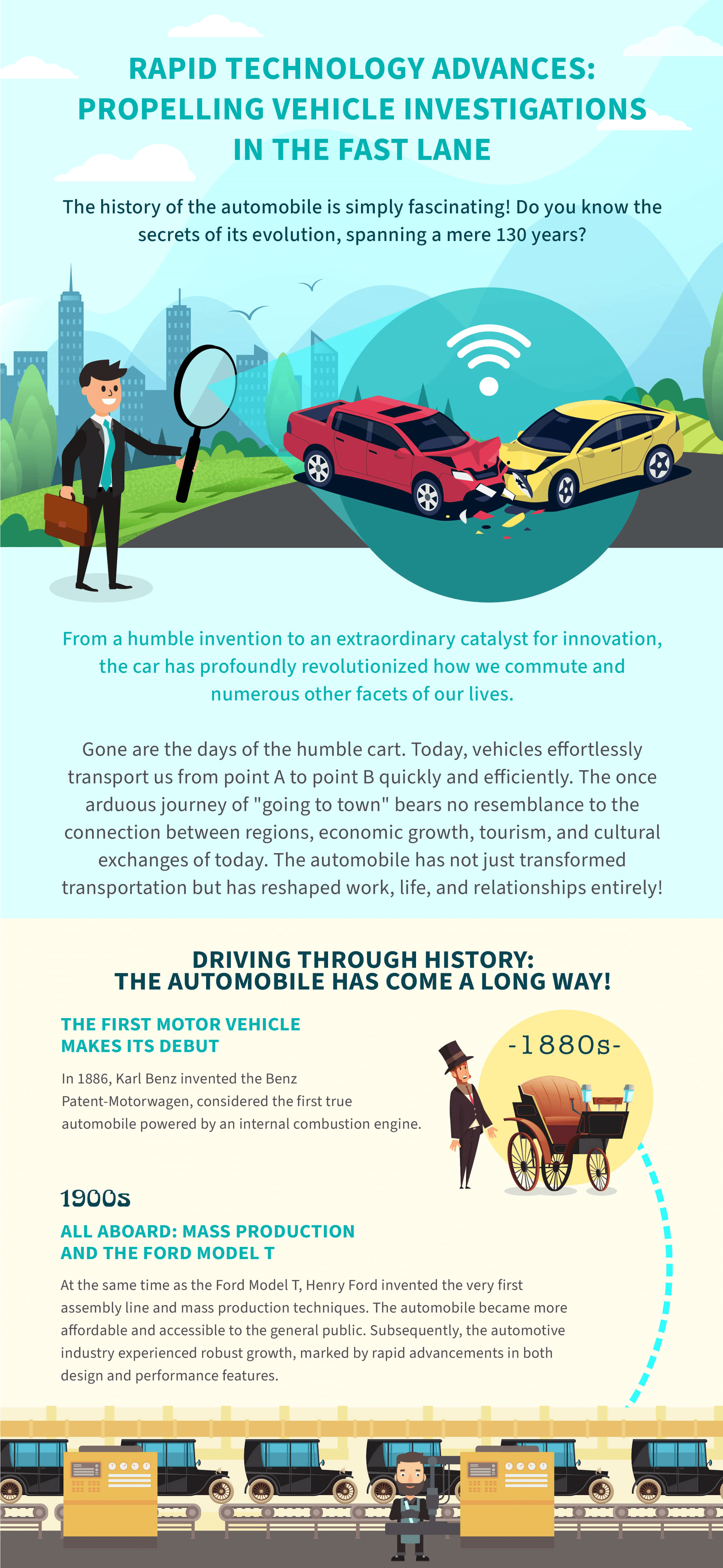

The history of the automobile is simply fascinating! Do you know the secrets of its evolution, spanning a mere 130 years? From a humble invention to an extraordinary catalyst for innovation, the car has profoundly revolutionized how we commute and numerous other facets of our lives.
Gone are the days of the humble cart. Today, vehicles effortlessly transport us from point A to point B quickly and efficiently. The once arduous journey of “going to town” bears no resemblance to the connection between regions, economic growth, tourism, and cultural exchanges of today. The automobile has not just transformed transportation but has reshaped work, life, and relationships entirely!
Driving through history: the automobile has come a long way!
1880s
The first motor vehicle makes its debut
In 1886, Karl Benz invented the Benz Patent-Motorwagen, considered the first true automobile powered by an internal combustion engine.
1900s
All aboard: Mass production and the Ford Model T
At the same time as the Ford Model T, Henry Ford invented the very first assembly line and mass production techniques. The automobile became more affordable and accessible to the general public. Subsequently, the automotive industry experienced robust growth, marked by rapid advancements in both design and performance features.
1930s and 1940s
A pause… and streamlining
Sleek, clean lines were trendy, imparting a sense of aerodynamics to the cars. However, the factories were on hiatus during the Second World War, which monopolized innovation efforts.
1950s and 1960s
The post-war boom and its technological advances
Flamboyant cars with tailfins and chrome features captured the public’s imagination. The incorporation of seat belts and disc brakes prioritized occupant safety. The surging popularity of muscle cars drew attention to performance.
1970s and 1980s
Fuel efficiency, environmental impact and technologies
The oil crisis and the emerging environmental consciousness in the 1970s sparked a renewed focus on fuel efficiency. Compact cars, known for their lower fuel consumption, gained popularity. By the 1980s, computer technologies started to play a pivotal role in shaping both car design and performance.
1990s and 2000s
Stepping into the digital and electronic era
Electronics were integrated into vehicles and hybrid cars (gasoline and electric) entered the market.
2010s to present
100% electric, autonomous and connected vehicles
Electric vehicles (EV) became omnipresent, with dedicated manufacturers like Tesla taking a prominent role in the market. Car manufacturers are continually extending the autonomy of their vehicles, aspiring for a future where they can operate autonomously.
On the innovation horizon, we envision connected cars seamlessly integrating infotainment, advanced communication systems, connected infrastructures, and artificial intelligence.
Roaring fact!
The fastest car in the world is the Koenigsegg Jesko Absolut, with an incredible top speed of 482.8 km/h!
Reconstructing a collision, investigating a vehicle fire, or examining a vehicle after a breakdown involves careful consideration of numerous factors.
All these new technologies are adding complexity to the work of forensic investigators specializing in vehicle and collision reconstruction.
-
Was the driver distracted by the technology?
-
Is the vehicle’s infotainment system to blame?
-
Are defective parts at play?
Investigators must constantly update their knowledge and techniques: it’s part of the job!
How many car accidents occur in Canada each year?
Unfortunately, the car is as dangerous as it is helpful. Collisions result in numerous injuries each year. Recent cars are equipped with sophisticated safety features, but caution on the road remains the best prevention. And to determine the cause of a failure, fire or collision, CEP is here to help!
Number of injured following an accident by year
- 2019: 139,084
- 2020: 104,286
- 2021: 108,018
